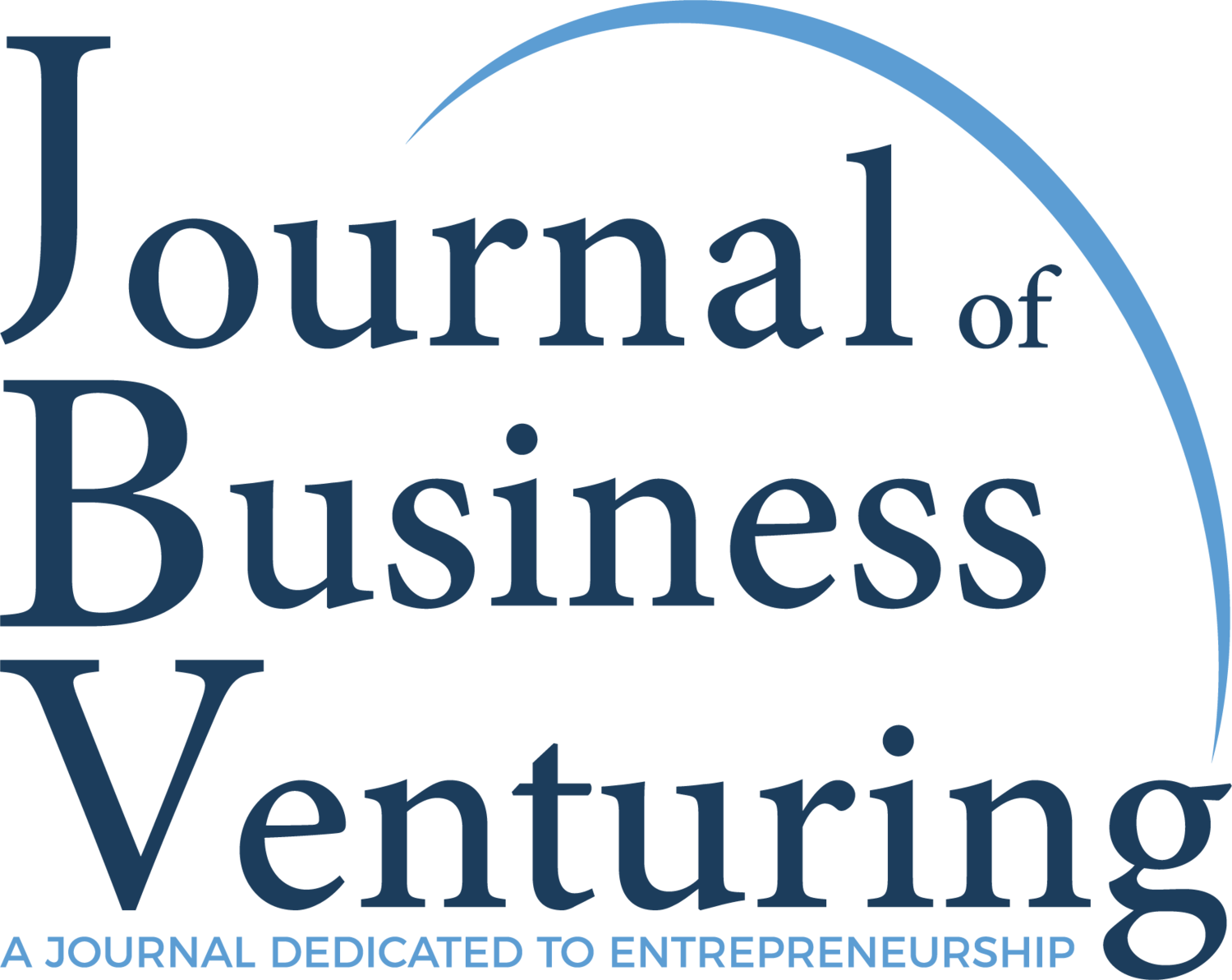Facial Expressions and Funding
Research Paper Title:
“Express yourself: Facial expression of happiness, anger, fear, and sadness in funding pitches”
Authors:
Benjamin Warnick (Washington State University)
Blakley Davis (Virginia Commonwealth University)
Thomas Allison (Texas Christian University)
Aaron Anglin (Texas Christian University)
Background:
Entrepreneurs express emotion in many ways, but facial expressions are particularly influential. Despite this, understanding of entrepreneurs' facial expressions of emotion in funding pitches remains limited in a number of ways. This study suggests that entrepreneurs benefit from frequently changing their facial expression from one emotion to another.
Methodology:
Sample: Study 1 (qualitative) crowdfunding pitches, Kickstarter; Study 2 (quantitative - crowdfunding pitches, Kickstarter)
Sample Size: 489 funding pitches
Analytical Approach: mixed
Hypothesis:
The frequency of entrepreneurs facial expression of happiness in a funding pitch has an inverted U-shaped relationship with funding. (supported)
The frequency of entrepreneurs facial expression of anger in a funding pitch has an inverted U-shaped relationship with funding. (supported)
The frequency of entrepreneurs facial expression of fear in a funding pitch has an inverted U-shaped relationship with funding. (supported)
The frequency of entrepreneurs facial expression of sadness in a funding pitch has an inverted U-shaped relationship with funding. (not supported)
The frequency of change in entrepreneurs facial expression of emotion in a funding pitch from one facial expression to another is positively related to funding. (supported)
Results:
1) We first conduct a qualitative study to uncover the object of each basic emotion (facial expression): happiness, anger, fear, sadness.
2) We then conduct a quantitative analysis, using computer-aided facial expression analysis, of 489 funding pitches taken from Kickstarter.
3) Results support inverted U-shaped relationships of the frequency of facial expression of happiness, anger, and fear with funding, but show a negative relationship of sadness with funding.
4) Results further support that the frequency of change in entrepreneurs facial expressions - changing from one facial expression of emotion to another facial expression of emotion - promotes funding.
Conclusion:
Emotional expressions are varied, encompassing both the positive and the negative, with facial expressions playing a primary and highly salient role in social interaction. Despite this, the literature studying entrepreneurs expressions of emotion in funding pitches has focused on positive expressions to the neglect of negative expressions, and has only scratched the surface in considering the frequency with which entrepreneurs change facial expression while seeking to influence others. The authors theory and findings suggest that by staying attuned to display rules for the situation and frequently changing their expressions, entrepreneurs are better positioned to influence potential funders, with implications for their interactions with others throughout the entrepreneurial process.



